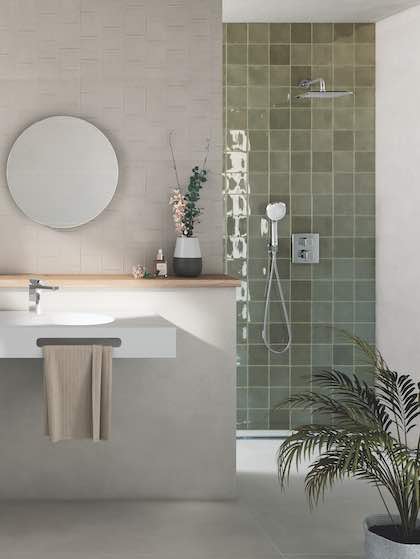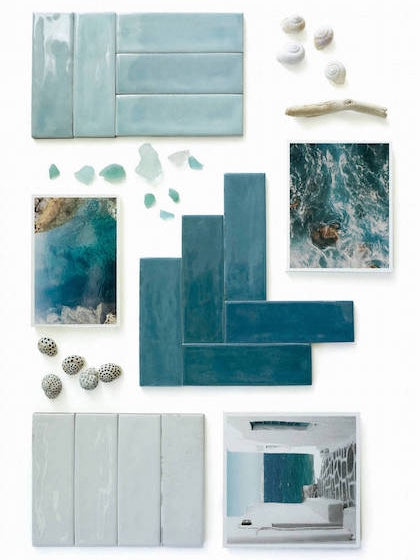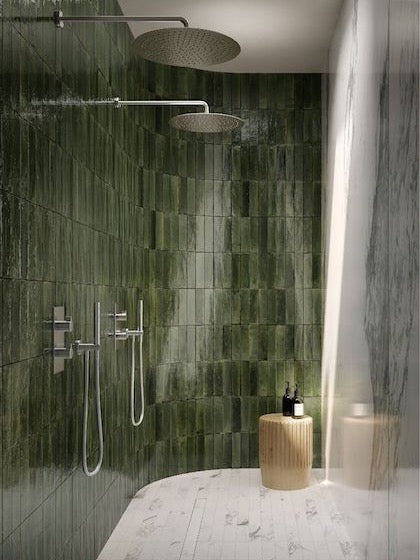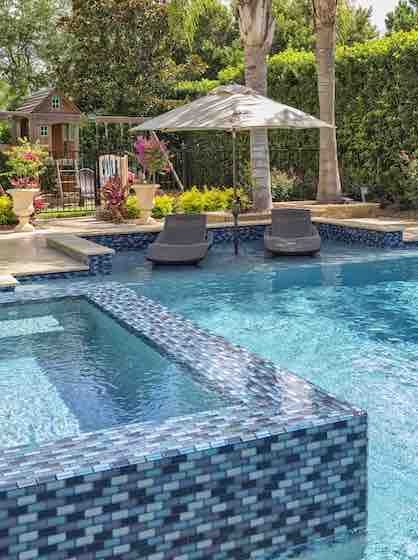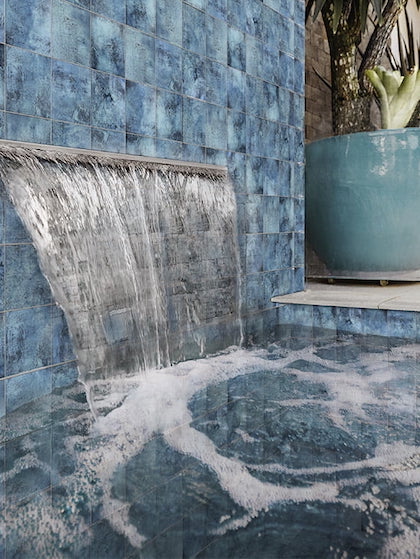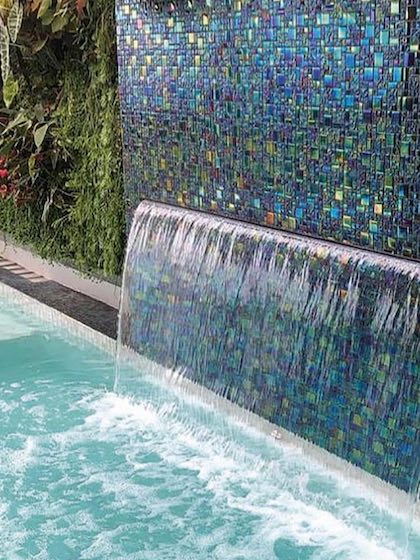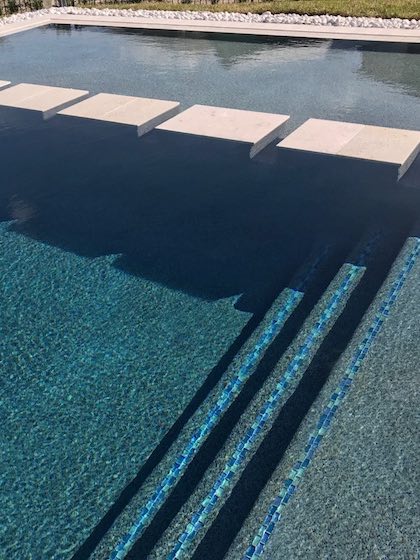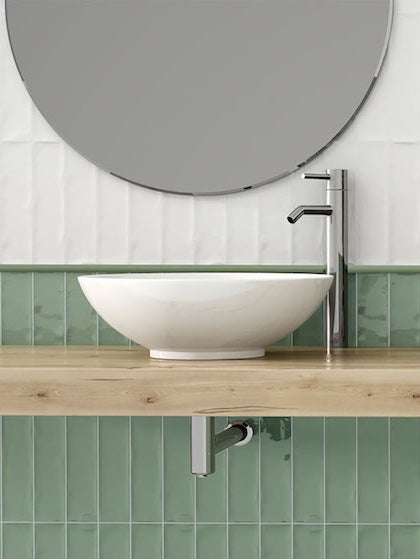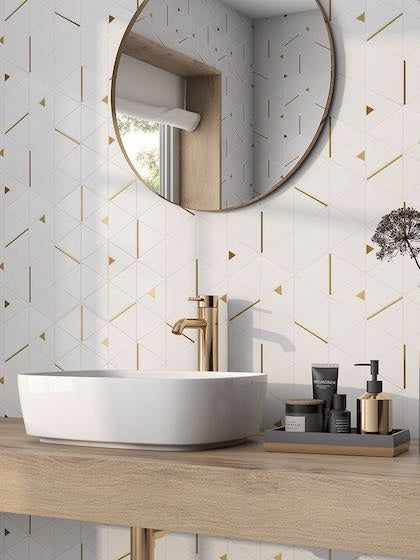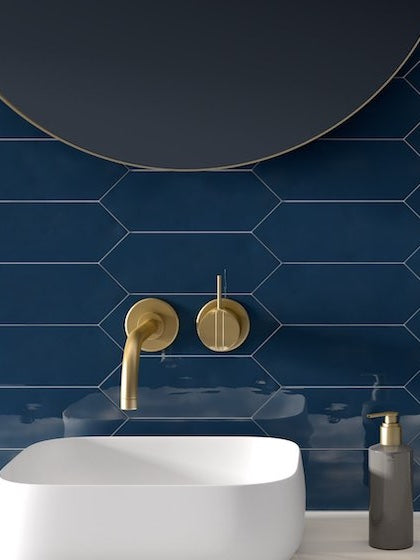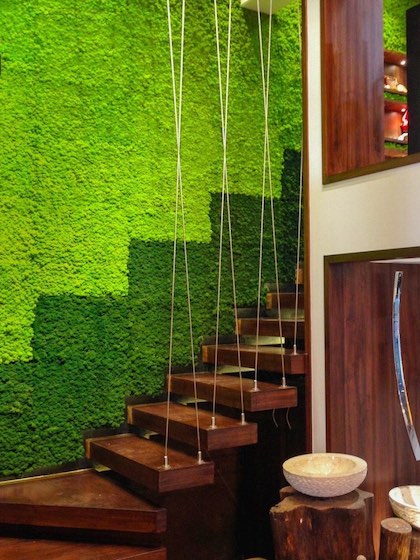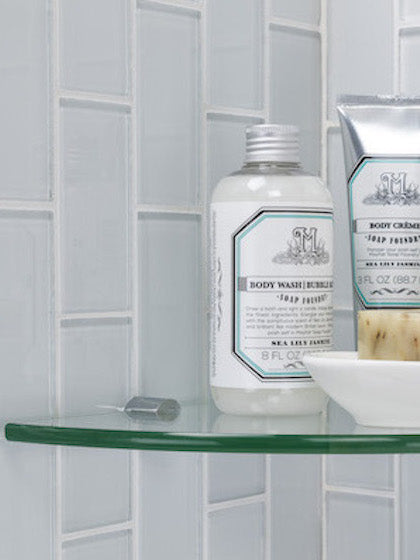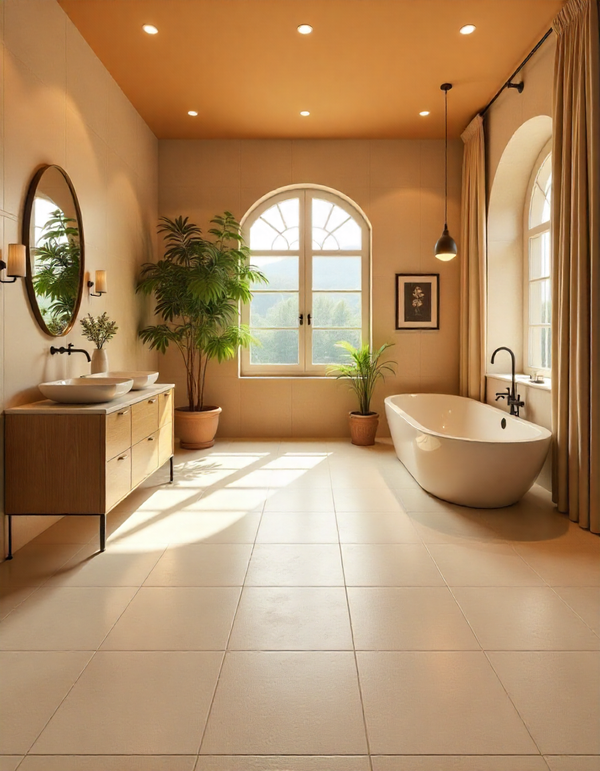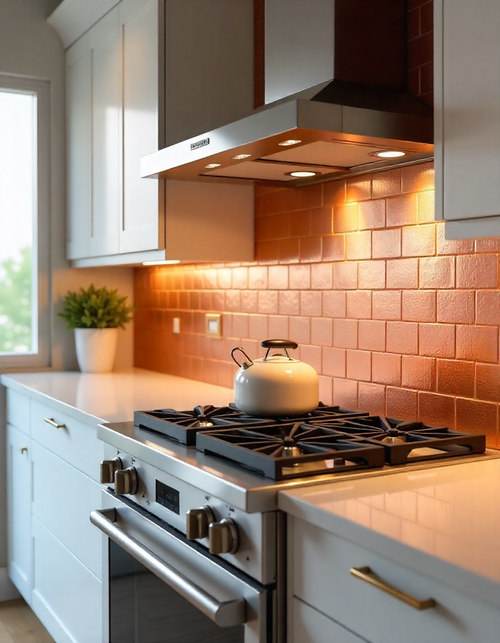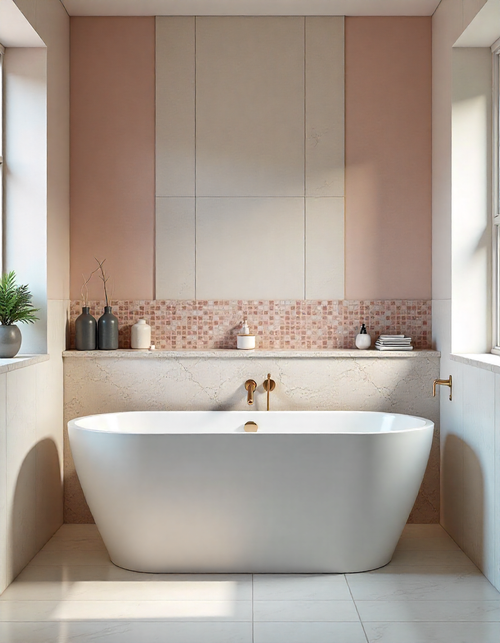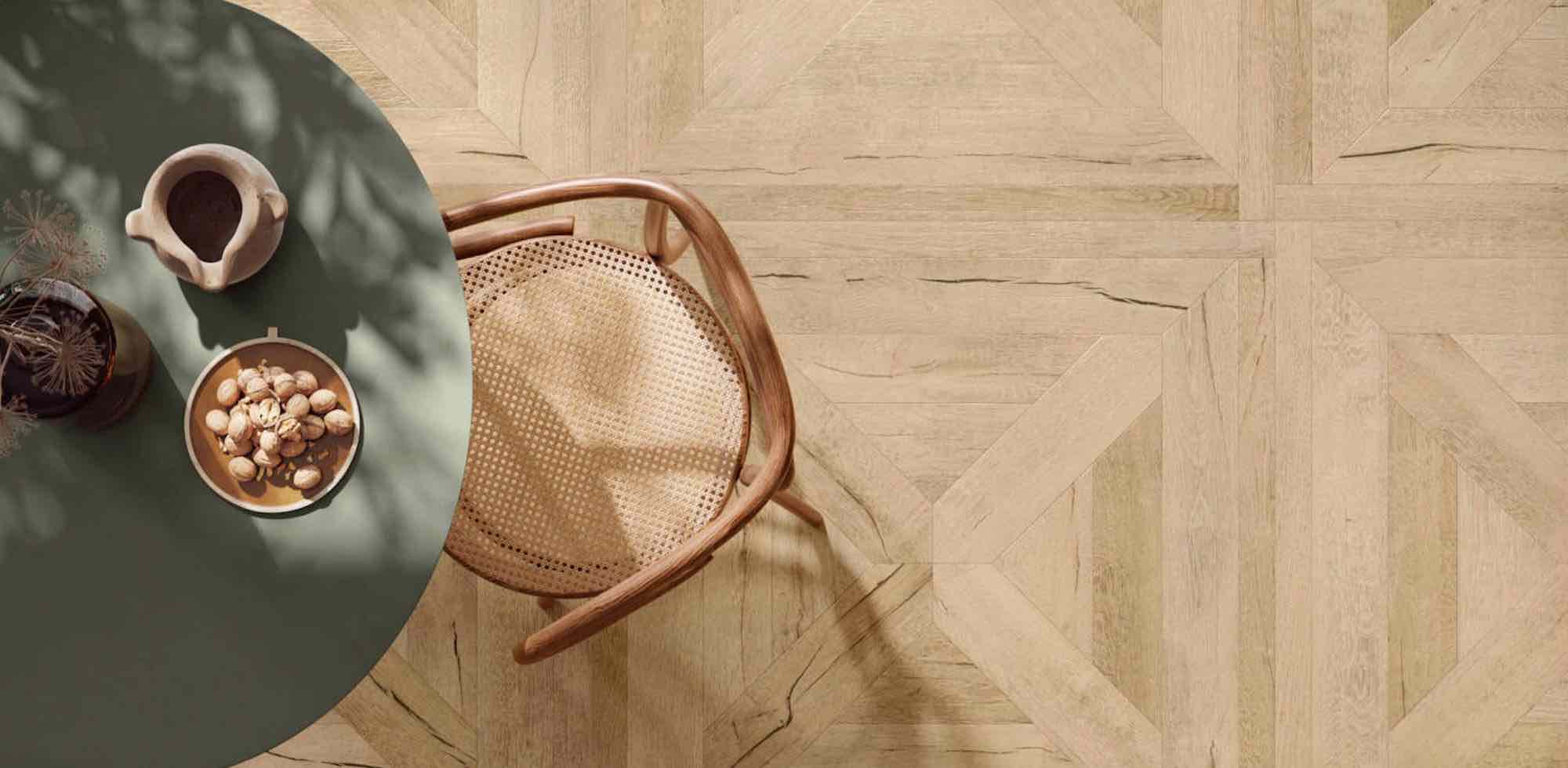Key Highlights
- Ceramic tile flooring delivers toughness, moisture resistance, and little upkeep—perfect for kitchens, baths, and high-traffic ares.
- Even with design flexibility and an attractive price point, ceramic tile can feel rigid and cold, and grout is prone to staining.
- When put next to porcelain, it’s easier to install and friendlier to a budget, though it’s a shade less dense and its moisture resistance is slightly lower.
- 2025 trends favor large-format matte tiles, wood-look designs, and tile-drenching paired with radiant heating for added comfort and style.
Pros of Ceramic Tile Flooring

Durability & Longevity
One major reason people search for “ceramic tiles flooring pros and cons” is durability. Ceramic flooring can easily last decades if properly installed. It resists wear, scratches, moisture, and stains—especially glazed varieties that offer an impervious surface.
Water & Stain Resistance
For wet zones such as kitchens, bathrooms, mudrooms, and basements, glazed ceramic tiles reject moisture and stains. Liquids pool momentarily and clean up quickly with a mop or damp cloth, saving time and effort.
Non‑Allergenic & Hygienic
Tiles are a smooth, hard surface that does not hold dust, pollen, or pet dander, and that makes them a safe choice if allergies are a concern. A quick sweep, vacuum, and damp mop are often all that are required to keep the floor sanitary.
Design Versatility
Ceramic is a medium that gives designers enormous freedom. Colors, shapes, and sizes are almost endless, and modern printing technology even replicates the look of wood and stone. You can have the look of hardwood or marble, but with the durability of fired clay and often at a lower price.
Affordability & Eco‑friendliness
When stacked against porcelain or stone, tile flooring made of fired clay stays friendlier to your wallet. Most variations use natural clay that’s easily sourced and often fully recyclable, making green goals less of a challenge.
Suitable for Moisture‑Prone Zones
Bathrooms, kitchens, or basements—the places most vulnerable to moisture contamination. The impermeability of ceramic makes these areas a safe success. Pair the surface with radiant heating beneath and cold tile is less a nuisance, leaving chilled toes warm.
Shop Ceramic Tile Flooring Now
Cons of Ceramic Tile Flooring

Hard & Cold Underfoot
Mention ceramic, and the floor’s unforgiving, cool surface appears in nearly every argument. Early mornings or cool seasons amplify the chill, and the unforgiving hardness is taxing after a full workday. Softening with area rugs is almost mandatory for comfort.
Cracking & Chipping Risk
Sturdy, yes, yet ceramic is indeed brittle. A unexpected drop of a can or pet bowl can leave a tile pocked or shattered. Poor alignment or a shifting foundation increases odds, so careful installation is as crucial as choosing the tile itself.
Labor‑Intensive Installation
The process is labor and time heavy. Floors need leveling, adhesive laid, joints grouted and, on wood decks, often a cement board to guarantee flat durability. Navigate intricate sheet or herringbone patterns, and large formats, the right pro often saves more than DIY pint schedule.
Weight Issues on Upper Floors
Though attractive, the bulk of ceramic tile can pose a structural risk on upper floors, particularly in homes where joists aren’t rated for added dead load. Alternatives like luxury vinyl or laminate spread the load more evenly, putting less strain on aging girders or subsystems.
Grout Maintenance Required
Grout, the tbubble of the hourglass, collects moisture, grout, and, at times, the unsightly. To walk on a showroom forever, the lines should be resealed at least once a year and deep-cleaned the same. Abrasive powders and acidic ditch cleansers can accelerate wear, so a neutral, commercial-grade cleaner is preferable.
Discover Ceramic tiles for your Bathroom Floor
Ceramic Tile vs Porcelain Tile
Composition & Porosity
Of the two, porcelain commands the more rigorous process: the finer clay, the more intense fire. Tiles sinter to a pore gradient, a resilience mismatch to moisture ingress or surface harm. Ceramic, being fatter and more forgiving, is simpler to measure, cut, and position. The advantage of persu Equity makes it cheaper to the register, slipping in at least 25%.
Cost & Installation
On the ledger, ceramic floor covering beats, ranging from $1–30 a square foot, materials and backing included. The specs for porcelain, on the same square foot, increment 15%–30% greater not only on the grid price but on the labor ledger, too, as diamond blades, templates and brake guards customarily tag money.
Best Use Cases
Glazed porcelain shines in busiest venues—airport concourses, tree-framed patios, or pool locker rooms packed with humidity. Non-porous ceramic, meanwhile, thrives where footfall is steady but not relentless, such as galley kitchens and onyx-topped vanities. For insight into lower-traffic offices, and why ceramic fits well there, read our post, The Best Type Of Tiles For An Office.
Ceramic Tile Flooring Trends 2025
Looking ahead, ceramic design in 2025 sways toward:
- Generous, thin slabs finished with matte alabaster, dune, or tent gray to deceive the eye with wall-floor continuity.
- Splatter-resistant paint detail on both surfaces, so the same dimpled matte frames the office wall as it frames the chassis in the elevator.
- Grainy oak and walnut replicas set in thin rectified shells, granting the wood flavor without air, sun, or varnish.
- A pairing of large tile and thin wired radiant heating mesh quietly lifts the 64-degree chill from the slab but barely thickens the assembly.
Ceramic Tile Flooring Maintenance
Proper Upkeep for Long Tile Life and Aesthetics
- Sweep or vacuum weekly, mop with pH-neutral cleaner.
- Seal unglazed tiles and grout lines every 1–3 years by following our guide on how to clean your ceramic and porcelain bathroom tiles.
- Use mats or rugs in high-use areas to reduce impact & cold pressure.
- Avoid harsh cleaners that can erode grout or glaze.
Good maintenance reinforces the ceramic tile flooring maintenance keyword and supports long-term appearance and hygiene.
Ideal Use Cases
Ceramic tile flooring is best suited for:
- Kitchens, bathrooms, mudrooms, foyers, and basements (moisture-prone, easy to clean).
- Homes with underfloor heating, to counteract cold floor surfaces.
- Allergy‑sensitive households, due to non‑porous, dust-resistant surfaces.
Avoid installing ceramic unmodified in bedrooms or areas where barefoot comfort matters most.
Balancing the Pros and Cons
Weigh any flooring buy by pairing its trade-offs against your real-life needs:
- Price spent now against expected lifespan: ceramic delivers low cost up front, porcelain tiles outlast most other surface types.
- Thermal leverage against sanitary routine: hard surfaces feel cool but soil washes off easily.
- Artistic range against physical limits: myriad appearances exist but added weigh demands sturdy framing and a professional install.
Conclusion
Ceramic is a sensible blend of durability and low upkeep, even if imperfections still exist. A side-by-side with porcelain shows price and durability favour ceramic, encouraging many designers and homeowners alike. The tile combines active rooms with sturdy, hands-free cleansing. At Mineral Tiles, we bridge material choice with expert design calls, assuring the finished floor amplifies every homeowner’s personal space and routine.

